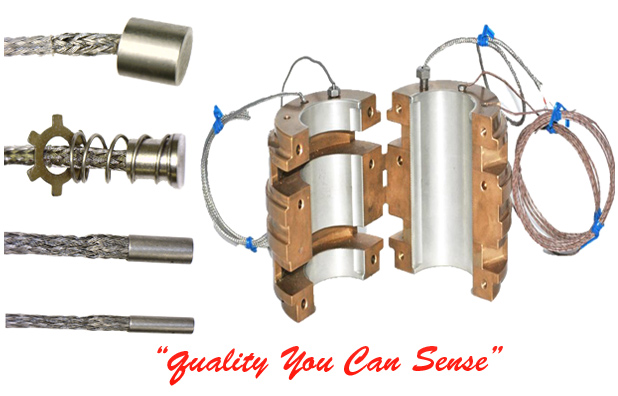100 Ohm Bearing Sensor
What are 100 ohm Sensors?
They are all types of RTD (Resistance Temperature Detector) sensor that are made from Platinum. The Pt100 sensor has a resistance of 100 ohms at 0°C and is by far the most common type of RTD sensor. The Pt500 sensor has a resistance of 500 ohms at 0°C and the Pt1000 has 1000 ohms resistance at 0°C. These sensors are normally fitted into some type of protective sheath or mounting to form a probe, and these are commonly referred to as PRT (Platinum Resistance Thermometer) or RTD probes.
Wire Wound Pt100 Elements
Wire wound elements consist of a length of fine Platinum wire coiled around a ceramic or glass core. These types of Pt100 element are typically 1 to 5mm diameter and 10 to 50mm in length. The ceramic or glass core can make them fragile and susceptible to vibration so they are normally protected inside a probe sheath for practical use.
Thin Film Pt100 Elements
Thin film Pt100 elements are manufactured using materials and processes similar to those employed in the manufacture of integrated circuits. A platinum film is deposited onto a ceramic substrate which is then encapsulated. This method allows for the production of small, fast response, accurate sensors.
What is the Accuracy of Pt100 Elements?
The International Standard IEC 751:1983 specifies the tolerances for industrial platinum resistance thermometer sensors. There are two main tolerances defined for Pt100 probes: Class A, with a tolerance of ±0.15°C at 0°C; and Class B, with a tolerance of ±0.3°C at 0°C.
There are 2 additional accuracy classes for precision work and these are commonly referred to as "1/10 DIN" and "1/3 DIN" this means a tolerance of 1/10 or 1/3 of the Class B specification at 0°C respectively. The full Class A, B, 1/10 and 1/3 tolerances are listed in our PT100 Accuracy Table along with details of the 2 main temperature coefficient curves available for Pt100 sensors.
|
